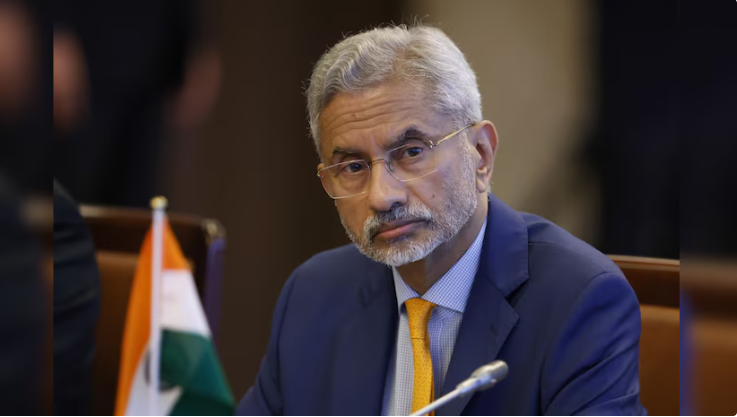
In a recent statement, Indian External Affairs Minister S. Jaishankar emphasized the significance of a return to the “2020 patrolling status” along the Line of Actual Control (LAC) in discussions with China. His remarks come in the wake of ongoing negotiations between the two nations to de-escalate tensions along the disputed border regions. Jaishankar, speaking to NDTV, underscored that while progress has been made, restoring the situation to the 2020 patrolling protocols remains critical for stabilizing the situation.
The Context of the India-China Border Dispute
The India-China border dispute, particularly along the LAC in Ladakh, has been a long-standing issue between the two nuclear-armed neighbors. In June 2020, tensions boiled over into a deadly clash in the Galwan Valley, where soldiers from both sides lost their lives, marking the first fatal encounter between Indian and Chinese troops in decades. The skirmish was a significant escalation in the border standoff that had been simmering for months, raising concerns over broader military conflict.
Following the Galwan clash, diplomatic and military talks were initiated to de-escalate tensions. Both countries had agreed to disengage from certain friction points, but a complete return to the pre-2020 patrolling status has remained elusive. The continued presence of troops and infrastructure build-up along the LAC has kept the situation tense, despite multiple rounds of talks aimed at achieving a more lasting solution.
Jaishankar’s Emphasis on the 2020 Patrolling Status
During his interview with NDTV, Jaishankar reiterated India’s stance that a return to the 2020 patrolling status is essential for normalizing the situation along the LAC. This patrolling status refers to the agreed protocols and routines that were in place before the 2020 Galwan clash, which included routine patrols by both Indian and Chinese troops along designated routes without any major incidents.
According to Jaishankar, India’s position remains clear: a complete disengagement and de-escalation must involve restoring the situation as it was in early 2020. He noted that while there has been progress in talks, particularly in disengaging from key friction points, a full resolution is still pending. The minister also emphasized the importance of peace and tranquility along the border for broader India-China relations, hinting that normalization in other areas of the relationship depends on stability at the LAC.
The Importance of Dialogue and Diplomacy
Both India and China have acknowledged the importance of diplomacy in resolving the border dispute, though the path forward has been challenging. Multiple rounds of talks, both at the military and diplomatic levels, have been held since 2020, but key issues remain unresolved. China has also stressed its own territorial claims, complicating the efforts for a peaceful resolution.
Jaishankar’s remarks highlight the careful balancing act that India is performing. On one hand, India is standing firm on its territorial integrity and demanding a return to the 2020 patrolling protocols. On the other, it recognizes the importance of continued dialogue to avoid further military escalations.
Looking Ahead
The road ahead for India-China relations, particularly regarding the border dispute, remains uncertain. While Jaishankar’s comments indicate a desire for a peaceful resolution, both sides will need to demonstrate flexibility and commitment to the negotiation process. A return to the 2020 patrolling status could be a crucial first step in building trust and preventing future confrontations along the LAC.
As the two Asian giants continue their talks, the international community will be watching closely, given the broader implications of their relationship for regional and global stability. Ultimately, sustained dialogue, adherence to agreed protocols, and mutual respect for territorial sovereignty will be key to resolving one of the most complex border disputes in the world.
